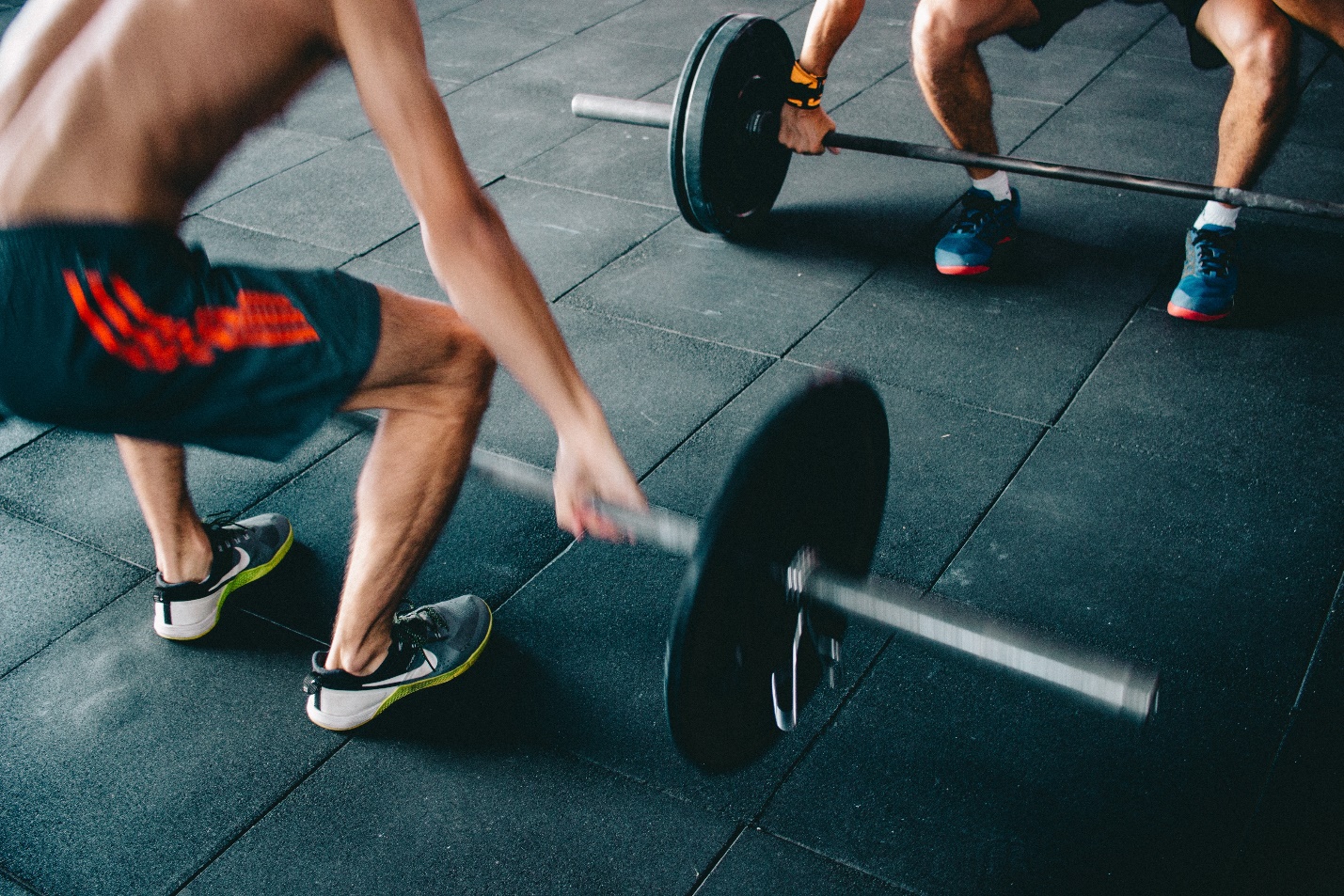Technologies that will improve the quality of athletes’ training

Introduction
There’s a strong possibility that you use now or have had some sort of contact with a certain kind of fitness app, that helps you keep track of your heart rate, distance crossed, and numerous other metrics that help you monitor the results of your physical activity. With this type of technology available to the general population, it’s very exciting to see what types of tech are also being developed and used to help professionals and die-hard athletic enthusiasts improve the quality of their training.
Machine Learning
The ability to teach a machine to draw predictions based on every available piece of information that’s relevant for an athlete’s fines or health development. We see that machines are already seamlessly dealing with the work that humans and simpler software solutions earlier needed weeks and too many resources to complete. We’ll probably have artificial intelligence writing college essay papers instead of humans, there have been numerous successful demonstrations of AI performing an artistic endeavor already, across the whole world.
However, the full capacity of a machine learning algorithm in sports, more precisely in training improvement, is the ability to crunch mountains of data and get information that would help an athlete improve specific aspects of the training, create a more efficient workout schedule, perfect nutrition strategy, and all of this thanks to technology that can analyze big data in real-time and tailor personalized training improvement strategy.
Wearable tech for injury recovery
The greatest challenge of an athlete’s recovery process is the time it takes for an injury to heal because it affects the player’s form negatively. This is why it’s of utmost importance to keep the recovery period short and allow injured players to maximize their training efficiency during this time. Scientists at the University of Wisconsin-Madison are working on a wearable that measures tendon tension and helps obtain data that’s necessary for therapy and training plans during the period of rehab.
The main benefit of this technology is that the therapy is no longer formulated on prescriptive timelines but rather thanks to real-time information based on a specific player. This way, the teams can reduce the chance to make a wrong decision that might slow the pace of recovery, and not only that, but the information could also help create a more effective training program that won’t jeopardize the player’s form while out of the active training regime.
It’s like choosing a writing service based on your academic data instead of reading the latest essay writing service review article that was formed based on information that concerns those respective services. In short, this groundbreaking wearable tech provides athlete-specific therapy that follows real-time data gathered in a non-invasive method to determine the muscle force needed to move. Moreover, this tech applies to a wide array of medicinal and fitness aspects, including training equipment ergonomics.
Smart suits
Thanks to smart suits, athletes are now able to share all sorts of data in real-time, to improve the efficiency of their training sessions. The main benefit of smart suits is that they feature a wide range of sensors and measurement devices that monitor and share information to show the results of a certain training exercise as it occurs. Moreover, some types of smart suits are interactive, so the athlete gets support when necessary, not only a series of useful data that helps craft a better training routine. Solutions like Athos technology help sports coaches monitor the effects of each training and make changes to avoid fatigue before an important game or put more strain on a certain player if there’s room for improvement.
Conclusion
These were some of the most impactful pieces of technology that should make the most difference in sports. Keeping the athletes healthy, fit, and always utilizing their maximum capacity is the essence of sports life. The use of big data and AI is steamrolling across every industry, reshaping even the development and planning of training sessions for recreational and professional athletes.
Author Bio:
Eliza Sadler is a professional journalist with extensive writing experience of more than 4 years. She also works as a freelancer and writes a lot of IT and lifestyle articles. She is always focused on supplying high-quality work to her clients. Eliza is known for the ability to create original work that meets the highest standards. Feel free to contact her by email.






